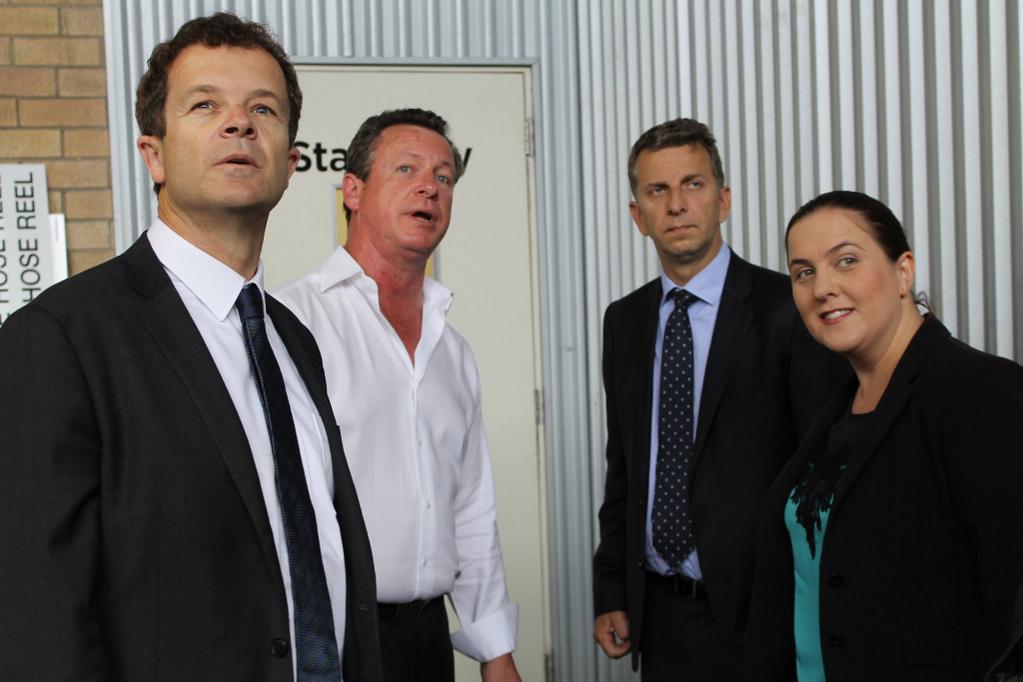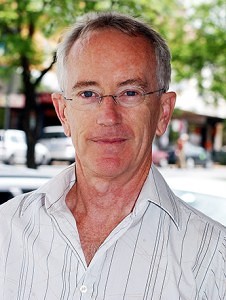The new “improved” NSW statistics on unemployment might not be as great as we’re being told, which could put a dent in the NSW Liberal Party’s election campaign.
Last week, NSW treasurer Andrew Constance beamingly reported the state’s miraculous employment rise.
The new data pull from the Australian Bureau of Statistics (ABS) reports a state-wide decrease in unemployment to a suprisingly low 5.9 per cent. This figure is 0.1 per cent lower than Western Australia, and 0.2 per cent lower than the national average.
“This is an outstanding result that confirms NSW as the number one State economy,” Mr Constance said.
“In Labor’s last term of government, the NSW unemployment rate was below the national average on seven occasions. Since the 2011election, it’s been below the national average 32 times.”
“The NSW Liberals and Nationals have turned this State around. We’re back at number one, creating 145, 200 jobs since April 2011 off the back of our investments in the key drivers of the economy,” Mr Constance said.
This news, however, does not sit well with the likes of Australian economist, Proffessor Steve Keen. Now the Head of Economics, History and Politics at Kingston University, London, Keen spent his early career writing economic reports for Sydney Morning Herald and Forbes Magazine.
In response to the State government’s interpretation of the new ABS statistics, Keen said that the treasurers comments are misleading, and based on unreliable data.
“ABS seasonal unemployment data is still weird,” he tweeted.
“The rate is down, but it’s also the second consecutive fall in aggregate hours worked. It’s unreliable data.”
Some changes to the ABS survey methods for Labour Force Statistics occured in October last year, which has changed the national definition of ‘unemployment’. To be unemployed by ABS standards, you must have actively searched for employment during the survey attendence week.
The ABS website says: “In accordance with international standards, the ABS includes an ‘active’ job search criteria to define the unemployed population in the Labour Force Survey (LFS). ‘Active’ job search steps are those which put a person in contact with prospective employers for work, either directly or through intermediaries, or represent steps towards ‘self-employment’.”
This suprisingly narrow definition of unemployment sketchily neglects the some 4.6 million people across the country who don’t actively seek work because they receive income support or are on a pension.
With the March election so close, we should expect to see more examples of political spin from both major parties. As candidates clash, so too will fact and fiction – the best advice is to keep stay informed, and know exactly who and what you’re voting for.
To see the revisions made to ABS’s LFS, click here.













